Two Fires Gallery: Rwanda's Stories Shared through Local Talent
We chatted with our Experience Designer for East Africa, Christine Tucker, and her business partner, Gadi Habumugisha, about the opening of Two Fires Gallery—a photography gallery in Musanze, the country’s gorilla-viewing hub.
Prior to the pandemic, Christine Tucker, our Experience Designer for East Africa, met with Rwandan native and documentary photographer Gadi Habumugisha while on a research trip in Rwanda.
Gadi shared his story of taking part in Through the Eyes of Children, a non-profit designed to teach photography to the children of the Rwandan-based Imbabazi Orphanage. After discovering his talent for portrait photography, Gadi used his newfound passion to set forth into his community and capture the aftermath of the Rwandan genocide.
That was 21 years ago.
TWO FIRES GALLERY OPENS ITS DOORS
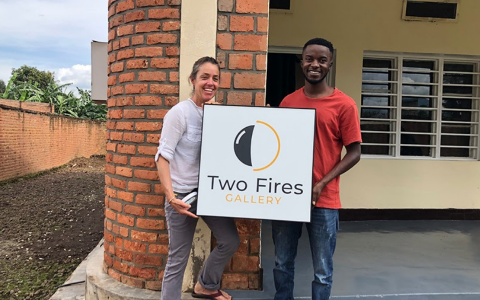
Fast forward to 2021, and Gadi’s aim of reconnecting friends and family who were separated during the genocide through photography grew into so much more. Gadi shared with Christine his dream of opening a gallery in Rwanda, and the two pulled the trigger while COVID-19 was at its peak to finally make this dream a reality.
Two Fires Gallery opened its doors to the public in May 2021. For Gadi, his mission of opening a gallery was long-awaited. And while holding the gallery’s first exhibition for travel industry partners was a rewarding experience, it only marks the first chapter of the story of Two Fires—the first of its kind social enterprise to be launched in Rwanda.
The gallery acts as a bridge to communicate the stories of local Rwandan artists with visitors in a respectful way—and provides a space for photographers to visually illustrate the social issues in Rwanda. This allows international guests to have an authentic exchange and be truly connected to the people of Rwanda, as not many travellers who visit the country have the opportunity to learn about the deeper issues that Rwanda faces and interact with the local community outside of gorilla trekking.
Another issue that Two Fires aims to solve is the current disconnect of local photographers available for hire in Rwanda. NGOs often fly out international photographers for events instead of utilizing local talent because Rwandan photographers don’t usually have their work published online. Two Fires aims to broaden the exposure for local photographers by promoting their work, which will encourage the commission of local talent on an international level.

THE FUTURE OF TWO FIRES
So far, guests who’ve had the opportunity to visit Two Fires Gallery have been captivated by the authentic angle the gallery takes on promoting the education of Rwanda’s social issues, but Two Fires Gallery still stands as a hidden gem in Musanze—because of the current lack of foot traffic, not enough funding is in place to hire full-time staff. And while Two Fires aims to implement regularly scheduled digital storytelling and photography workshops for the people of Rwanda, this goal isn’t possible without an increase of funding and visitors from the tourism community.
While Two Fires still stands under the radar, the amount of talent and unparalleled learning opportunities hidden through its doors is incredible. Every photograph at the Two Fires Gallery is worth 1,000 words. Like Silent Support, which illustrates genocide survivor Boniface Mudenge finding strength and support in his wife Esther and the Bible. Together, they provide the motivation and encouragement to continue his unpaid work across the region. Without her unsung sacrifices and hard work, Mudenge wouldn’t be able to fulfill his mission in influencing Genocide survivors to forgive and perpetrators to seek reconciliation.

Or in Room for All, where Gasenge is relieved to share a bench with his neighbours, a sign of acceptance but not necessarily friendship after a day spent working in the fields together. As part of the process of reconciliation, Mudenge helps to prepare a community for the return of Genocide perpetrators who have finished their sentence.

MORE FROM REVIVING HUMANITY
Photographers Gadi and Mussa take us on a journey of reconciliation in the community of Mudende, Musanze District. Through the eyes of local hero and saint Mudenge, these two photographers bring home a story of passion, triumph, and the depths of the human spirit.
For Better or for Worse
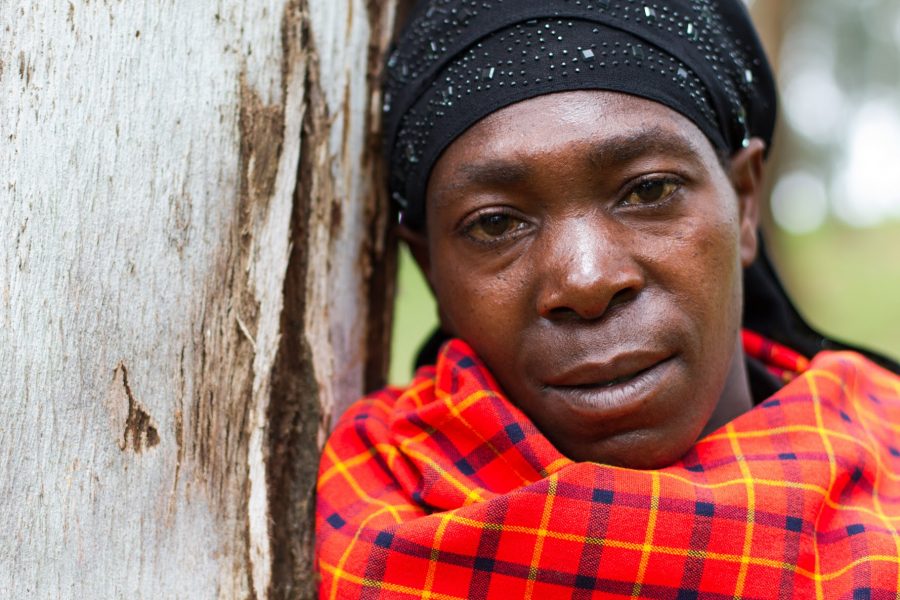
Rebirth

Real Faces of Reconciliation

Reconciliation Song

End of Innocence
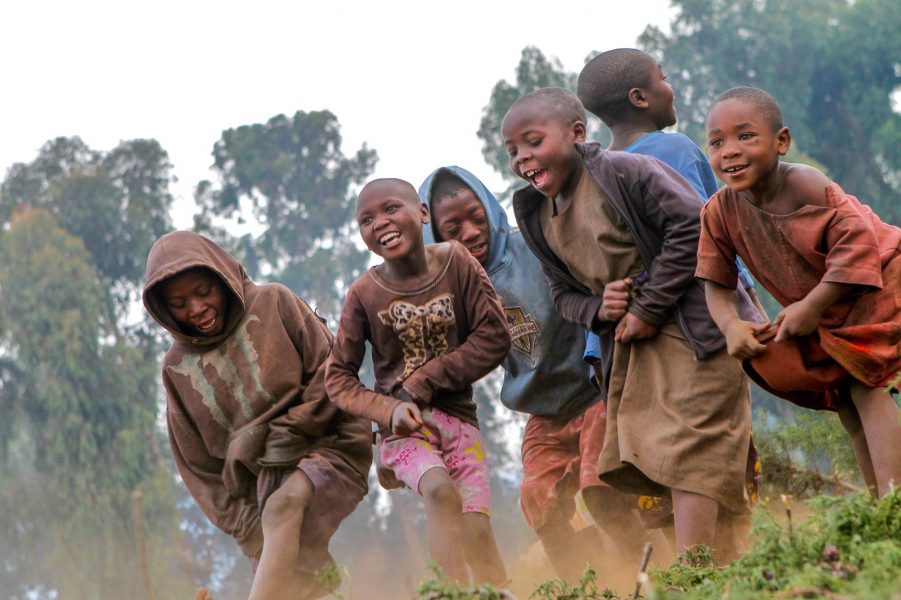
BRUTAL BEAUTY
The gallery’s second exhibition—Brutal Beauty—highlights photos captured by Gadi Habumugisha sharing a simple story of love, acceptance and strength as he brings us into the lives of Beatrice, Sylvester and Anitha, one of the last remaining families on an island in Lake Ruhondo.
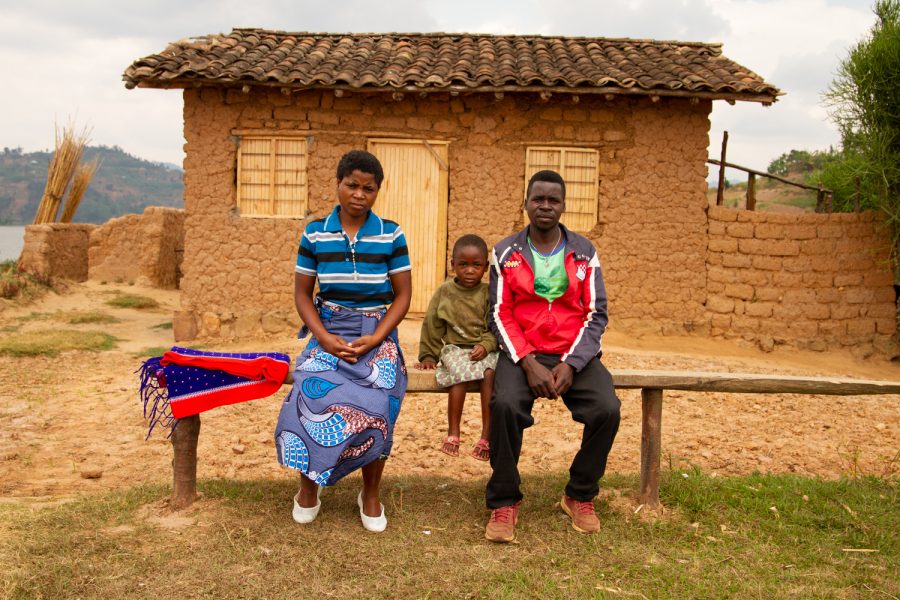
Secure Ground

Portrait of Beatrice

Long Haul
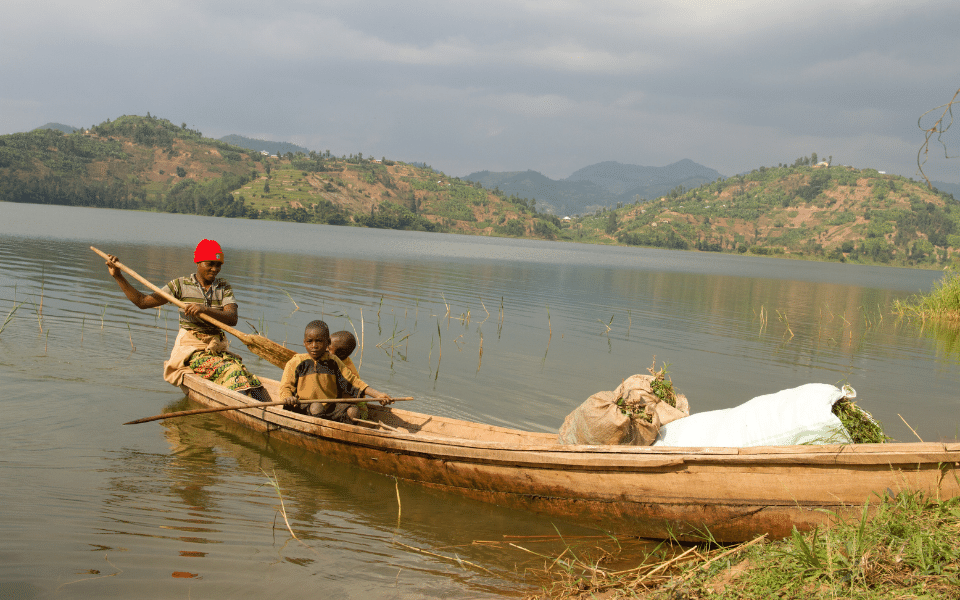
The Roles we Play

THE SLOW FUND
Butterfield & Robinson is proud to have made a financial contribution to help launch the Two Fires project as a part of our Slow Fund. Whether through educational, cultural or conservation and preservation initiatives, the Fund helps protect various forms of heritage and promotes the health of vibrant living cultures and the eco-systems that support them.
If you’re interested in visiting the Two Fires Gallery in Rwanda to witness the powerful stories conveyed by these talented photographers, get in touch with a member of our team.
